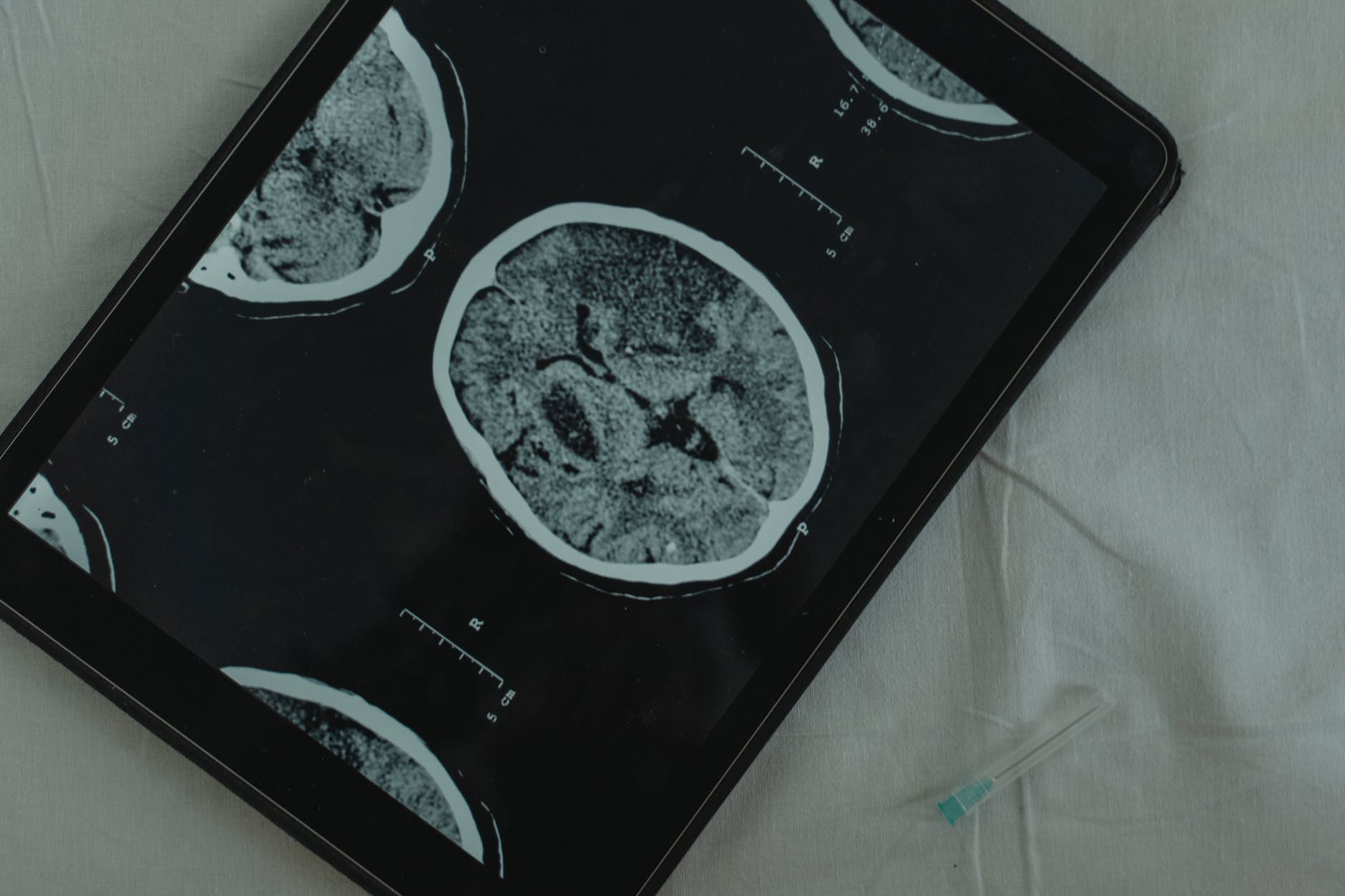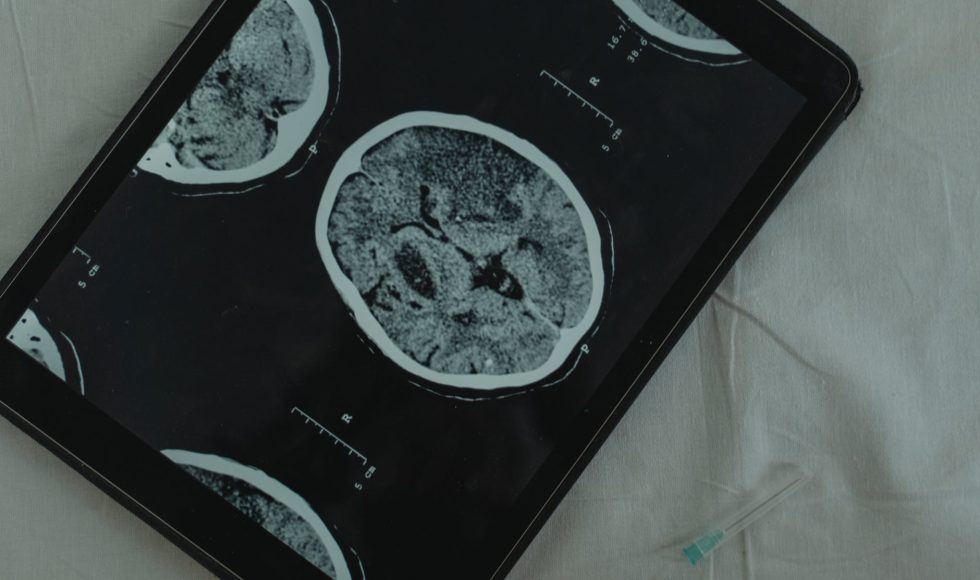Thidathip Wongsurawat from Mahidol University in Thailand spoke at the Nanopore Community Meeting 2021 about “Nanopore-based copy number variation approach for adult glioma classification – WHO 2021.” They spoke about glioma, a type of brain tumor that grows in glial cells, and its high mortality. In 2021, WHO incorporated genotype information along with phenotype in the classification of gliomas, Wongsurawat mentioned. The marker used is CDKN2A/B deletion. Wongsurawat and team developed a diagnostic algorithm that includes histopathology, genetic point mutation screening, and the WHO 2021 classification with copy number alteration. Wongsurawat explained that fluorescence in situ hybridization (FISH)-based classification is often used. Wongsurawat and team proposed testing a comparison of FISH, EPIC array, and WGS. They obtained 19 samples. For genomics, they used SMURF-seq: sampling molecules using re-ligated fragments, a protocol that involves fragmentation and re-ligation before library prep. By religating, more fragments can be mapped to chromosomes. The protocol was modified to less than 1 ug DNA (~700 ng) and used the RBK004 kit. They used NEB kits for cleanup and adjusted the Ampure beads to 1X. The modified protocol was named: Nanopore-based copy number variation: nCNV. With just eight minutes of sequencing, signals began appearing to identify copy number variations. They found that the Pearson’s correlation was very high in their tests: 0.9! After performing nCNV for nineteen samples, they found 100% concordance against current diagnostic methods. The method is cheaper (<$350 USD), and can be accessible to more labs. Wongsurawat noted that they have used the Flongle flow cells. They have used the protocol only on frozen or fresh samples. They also explained that the cost of flow cells is more expensive in Thailand because of taxes.



